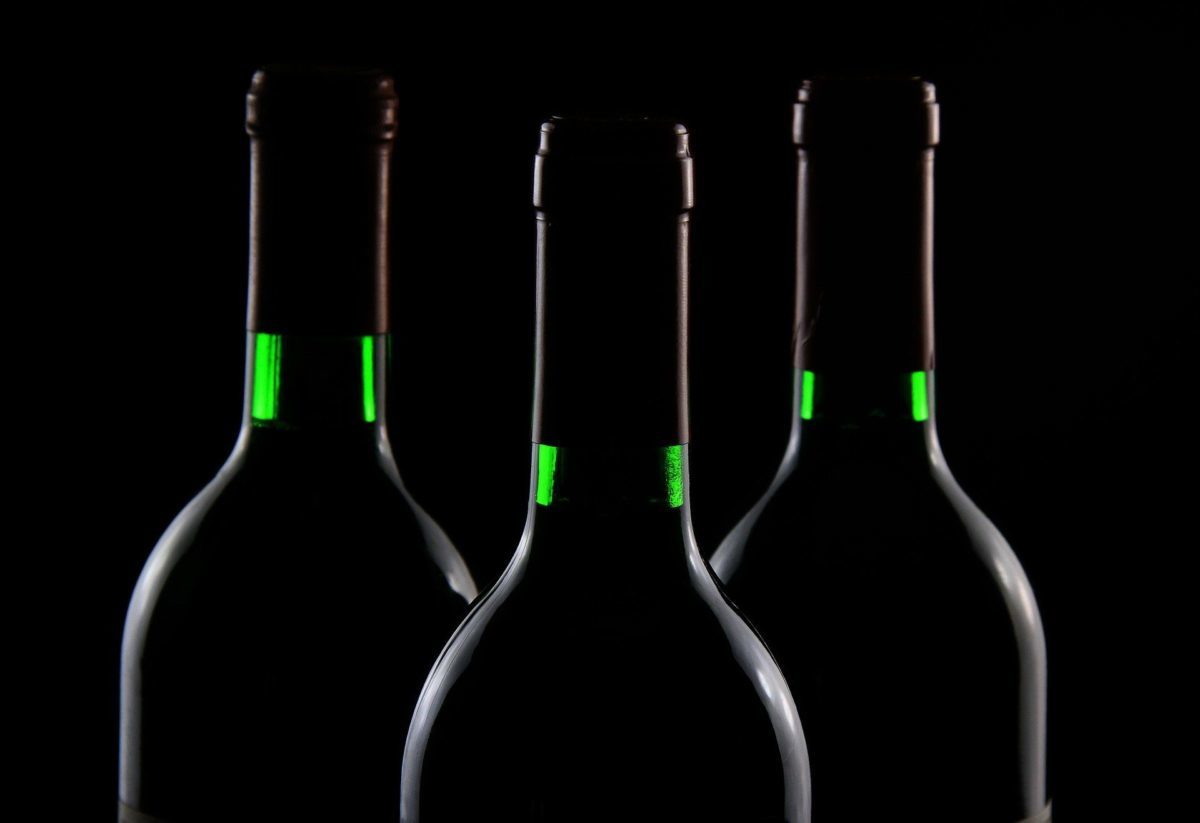Project Zostera ... Still don't know what it's about? Well you should ... Last week Angel Leon, renowned chef from Cádiz and Juan Martin, marine biologist were presented with the National Gastronomy Award for Best Research and Innovation thanks to this project. During five years the research team of Aponiente has been working on the cultivation and viability for the Sea zoster. And the results have been impressive. Who would tell us that we could eat a marine cereal? Not to mention its nutritional properties unique ... We will tell you all the details in this article.
Zostera Project: What have you discovered?
Basically, they have discovered a marine cereal suitable for the human consumption. The cereal comes from the autochthonous species Zostera marina. The researchers explain that it is a aquatic grass. So that we understand each other: a plant that grows in the sea. This plant first passed from the sea to the land in the form of flowers and seeds (like most plants in the world). However, the Zostera marina migrated back to the sea. There, he found his perfect habitat and continued evolving submerged.

And how?
The Aponiente team performs marine expeditions regularly to find new discoveries. And, three years ago they came across one of the four species phanerogams (plant that produces seeds), the Zostera marina. So in the year 2017 they undertook this pioneering study in the world: the Zostera project. They had the collaboration of other international research centers: the University of Sonora (Mexico), la University of Virginia (United States), el Cantabria Maritime Museum and IFAPA El Toruño Center. And, of course, the MAR (Ángel León Laboratory).
Our dream is that one day people can eat only seafood that are not necessarily fish, applying the concepts of marine ecological theory. A dream for which we work every day immersing ourselves in the waters of the Bay of Cádiz and from which today we are a little closer with the discovery of new uses of this marine cereal that we could call rice from the sea. Aponent.
See this post on Instagram
A marine cereal that respects the planet
Currently, the oceans and seas of our planet are threatened by factors external to them. And that, we must reverse without delay. Excess plastic waste, overfishing or acidification of the waters are the main threats, but there are many more. Its main consequences are destruction of marine ecosystems endangering the species that reside in saltwater. Therefore, more and more, the research focuses on discovering sustainable food coming from the sea. Science and gastronomy united for a great end.
In addition, less technical and economic resources are needed for its plantation compared to other types of cereals, taking into account that it also has
multiplicity of uses beyond the gastronomic one. The studies that have been carried out confirm that the cultivation of Zostera marina, and therefore of the marine cereal, is the most sustainable known. Appointing
The Zostera Marina project # PNG21 for the Best Gastronomic Research and Innovation. Jury chaired by Andoni Luis Aduriz @Mugaritz Congratulations @chefdelmar, to the biologist Juan Martín and the entire team that works on this project! More info on our website. pic.twitter.com/KzedNKRJvA
- RealAcadGastronomy (@RAGinforma) November 3, 2021
The superfood from the "garden of the sea"
Well, the Zostera marina not only favors marine biodiversity by enriching ecosystems and fighting the fight against climate change. It is also a "Superfood". Its categorization is deserved for its nutritional properties unique. Comparative studies carried out with other types of cereals (barley, wheat, oats, corn and rice) show very novel and notable properties. The grain of the seagrass marina is much denser than a conventional grain of rice.
It is a much more balanced food with respect to the proportion of macronutrients basics: protein, carbohydrate and fiber. Regarding the micronutrients It is worth noting the amount of acids fatty different. And, there are also amino acids not present in the rest of common cereals: vitamins, minerals and a curious proportion of glucose. Without a doubt, it is a unique and pioneering discovery in the world. A healthy superfood that respects the planet What more could you want? We have wanted to try it, and you?







